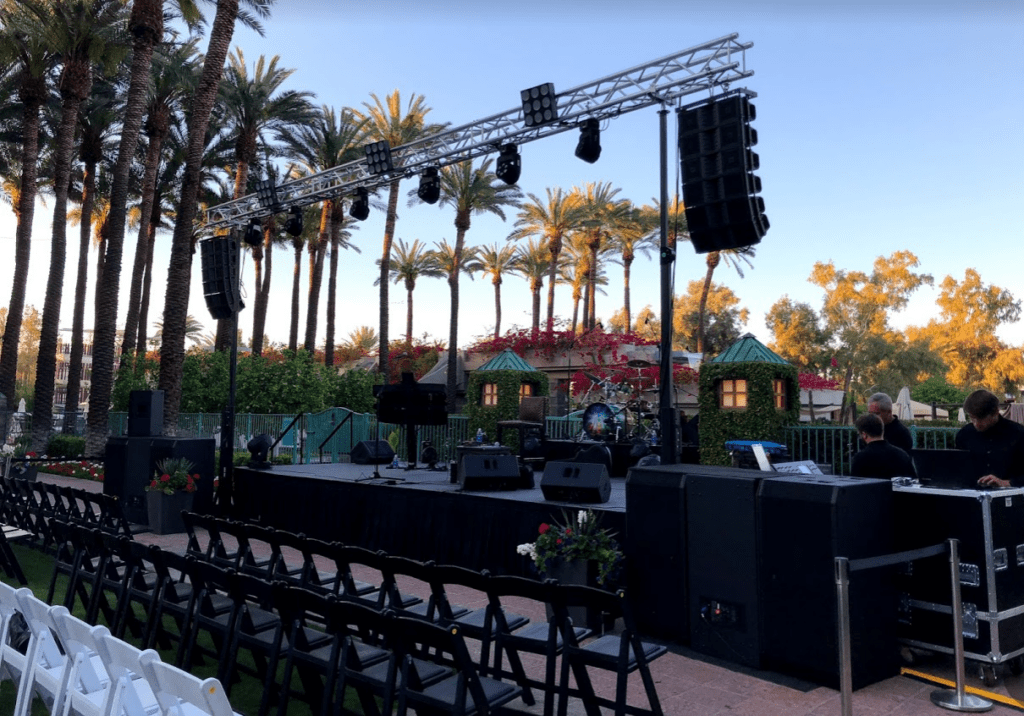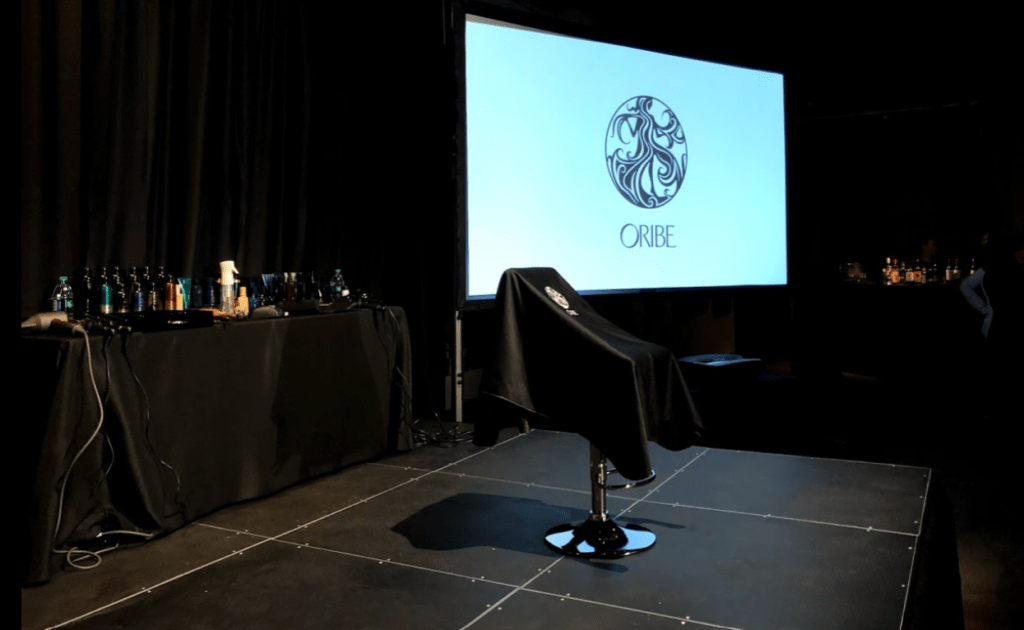

4 Tips to keep in mind when planning your hybrid event
As event planners continue to keep social safety precautions top of mind, a new type of event called a “hybrid event” is popping up on the 2021 calendar. The idea behind a hybrid event is to pull together elements from both live and virtual events to provide an engaging experience for in-person and virtual attendees.
Especially for organizations who want to hold events but need to limit travel and the number of in-person attendees, hybrid events offer a great way to reach more people and geographies without gathering in one place.
However, hybrid events are not the same as holding a live or exclusively virtual event. You’ll need a tasteful combination of the two event styles, so you can keep both audiences engaged.
Here are our best tips to help bring your hybrid event to life:
- Implement a “talk show” style throughout your hybrid event
- Create an on-stage feel for your main speakers
- Find ways to engage with both the virtual and in-person audiences (Ask questions, take polls, answer audience-submitted questions, demonstrate a skill or plan an organized activity
- Consider creating an incentive for audience members
- Implement a “talk show” style throughout your hybrid event


A “talk show” style can be used with either a panel of speakers or one main speaker by creating a dialogue between a host and the speaker. Typically, your speakers will hold more of your audience’s attention if they are asked a question by a host or have a discussion with other panelists.
By adding a live “talk show” host, you can engage your in-person audience with a virtual speaker, while also adding visual interest to those watching online.
- Create an on-stage feel for your main speakers


If your main speaker or panel of speakers can engage in person, adding typical event elements like a stage, lighting, and drapery can bring a professional and focused feel to your event.
Lighting can help your speakers look great on camera, while also helping people in the back see the speakers’ faces. A stage is useful to improve speaker visibility, and also to honor a guest or award winners in the audience. Drapery is perhaps one of the most underrated event effects, because you can hide a distracting background, block out sunlight, and create a solid background behind your speaker’s head.
Whichever on-stage elements you choose to implement will set the tone for your professional hybrid event. While a conference room might be okay for a company meeting, you’ll want to improve your setting with clients, vendors, and partners attending.
- Find ways to engage with both the virtual and in-person audiences (Ask questions, take polls, answer audience-submitted questions, demonstrate a skill or plan an organized activity)


Offer your speakers a few options to engage with the audience–polls, additional Q&A time, and a system for taking questions submitted during the presentation. Encourage your speakers to demonstrate a skill or to plan an engaging activity that will work for both audiences.
Though combining virtual and in-person participation methods might involve more technology, audience members like to feel a part of the conversation. We recommend being more inclusive of your audience and setting engagement as your #1 priority for a hybrid event.
- Consider creating an incentive for audience members


One current trend with hybrid events is to incentivize attendees to participate by offering a reward for those who network, ask questions, take polls, etc. While this may not make sense for every organization, you can also create the same or more excitement with a big announcement, or a surprise to share with your audience.
Creating an incentive, like a reward or a big announcement to disclose, can create excitement leading up to the event, and momentum throughout.
Planning a hybrid event may seem like a lot of work initially, but keeping both audiences’ engaged throughout the event will ensure your attendees leave the event with new knowledge, skills, and appreciation.
